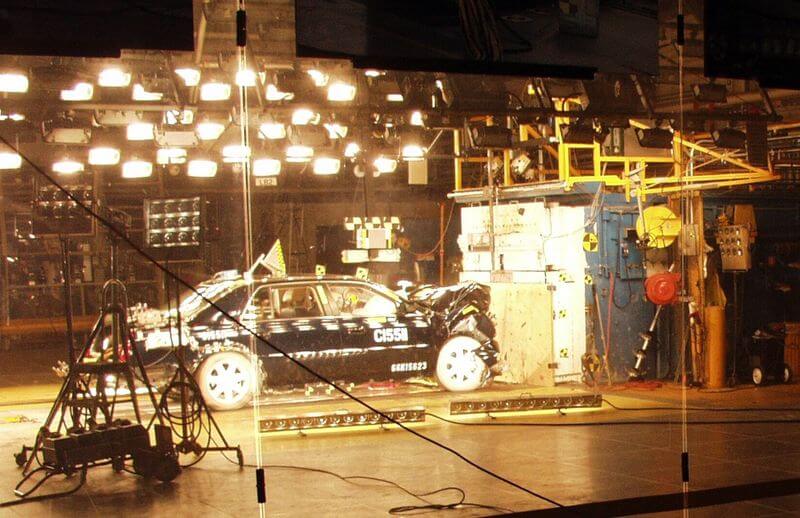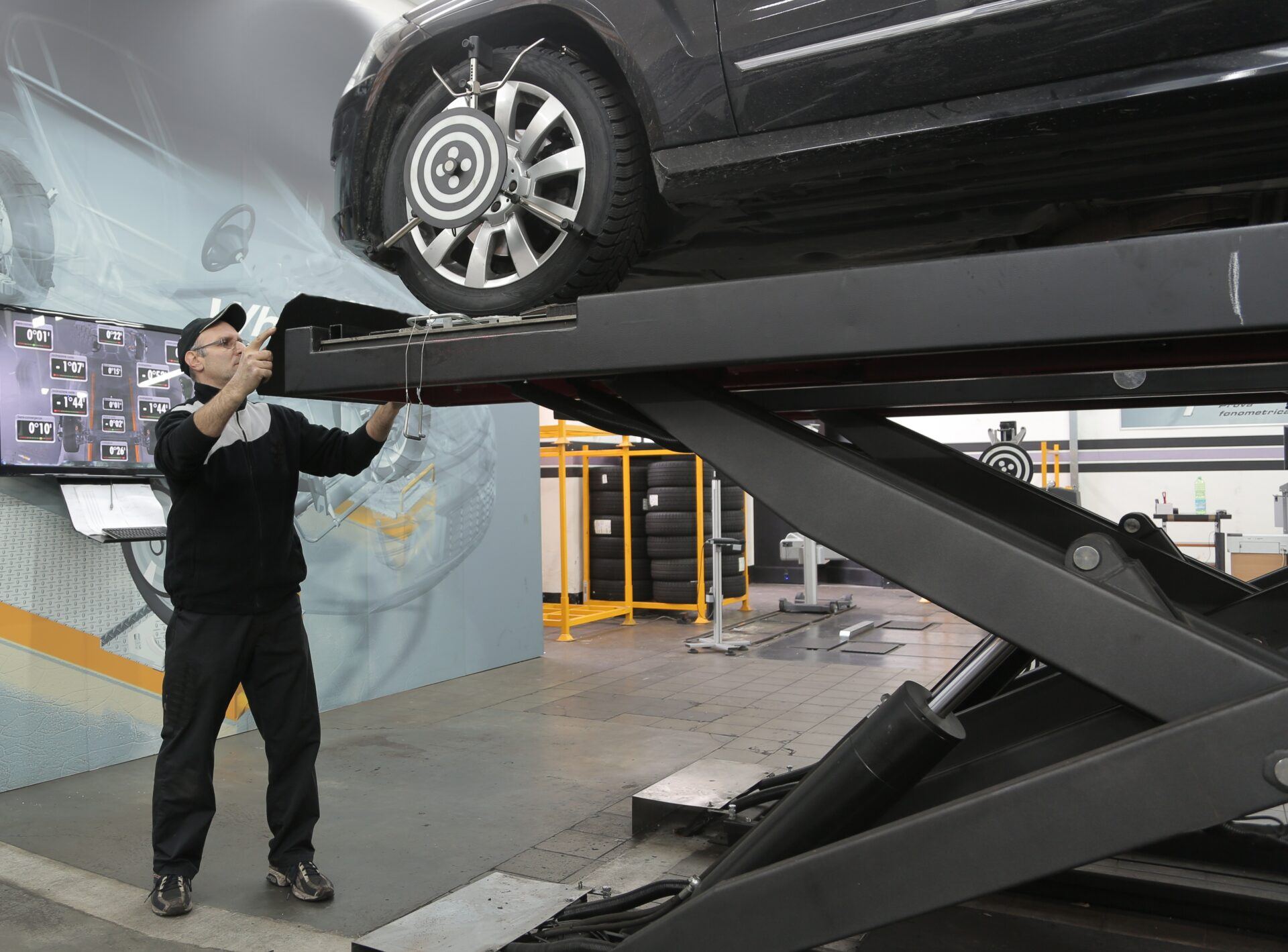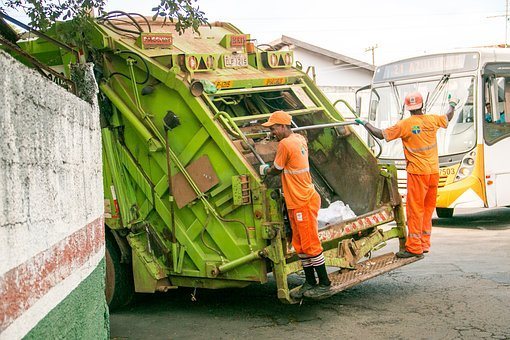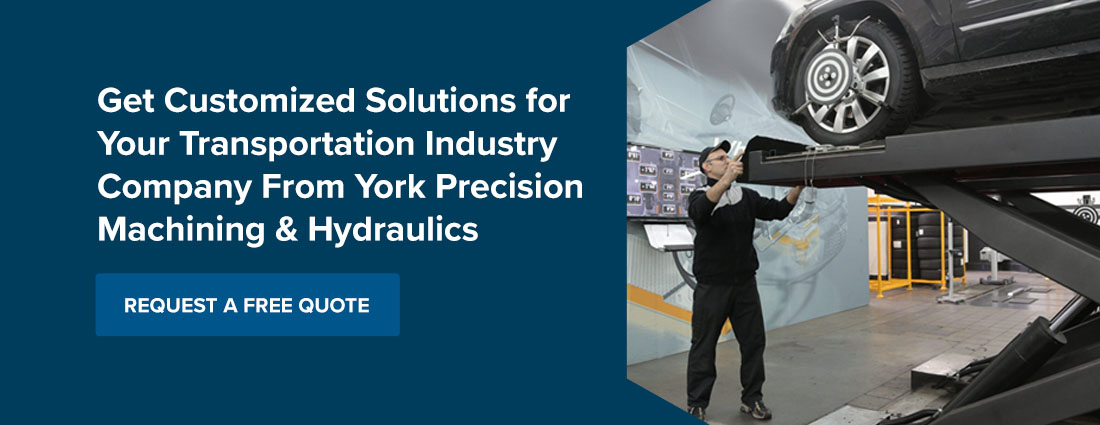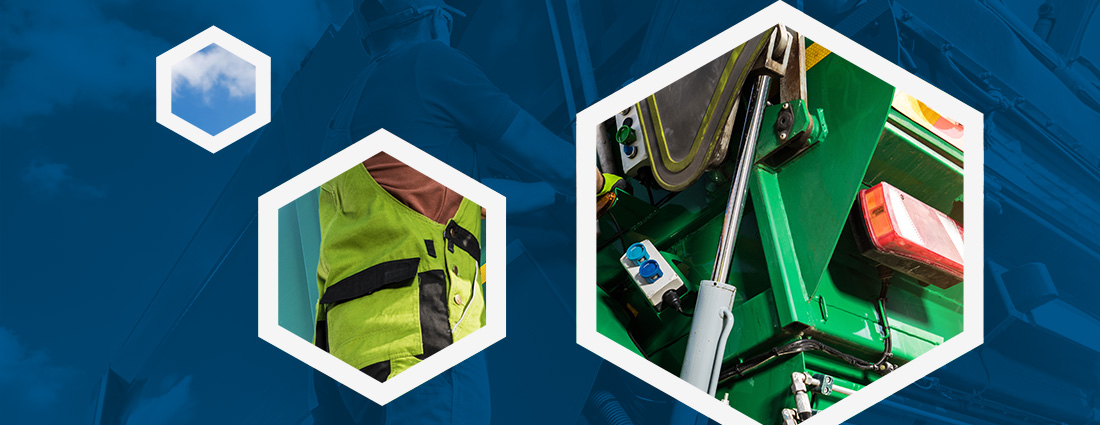
Safety is paramount in the transportation industry. Automotive mechanics, truck and heavy machinery operators, and waste management workers are just a few examples of transportation-related occupations where equipment manufacturers must go the extra mile when implementing safeguards for hydraulic systems.
Automotive lifts are one example of equipment that relies on a hydraulic system to perform its duties. These lifts require a safety locking device in case of a sudden pressure loss to prevent heavy parts or vehicles from falling. Trash collection vehicles also use hydraulics to operate their various systems and benefit from hydraulic locking devices as a safety precaution. Automobile crash testing simulators use locking devices to prevent the crash test wall from moving upon impact.
An Introduction to Hydraulic Safety in the Transportation Industry
Hydraulic systems are under immense pressure, and every component that makes up these systems has a finite useful life. Maintenance and troubleshooting of hydraulic equipment is paramount to prevent worker injuries or even fatalities.
Today's manufacturers have adapted to customer demands, creating hydraulic systems with increased power, which means more hydraulic pressure. Many heavy-duty vehicles depend on their hydraulic systems for safe and reliable performance. Regular services and maintenance ensure these systems function correctly, preventing costly repairs, and downtime.
Most importantly, hydraulic rod locking systems act as the first line of defense in case of pressure loss or system failure, keeping workers safe.
Why Is Working With Hydraulics a Risk of Injury to the Operator?
Municipal solid waste collection is among the most dangerous jobs in the world. Of the 79,000 refuse workers in the United States in 2021, 75% experienced a work-related injury, illness, or fatality. Hydraulic equipment in any transportation application has high potential energy — even their regular operating movements can cause severe crush injuries. If the hydraulic system fails, falling loads or unexpected moving parts can also cause serious injury.
Hydraulic system maintenance also poses risks, from pinhole leaks, to cuts and abrasions. All maintenance personnel must wear appropriate safety equipment and use reliable, fail-safe, holding and locking equipment.
What Are Safety Precautions You Need to Take When Working With Hydraulics?
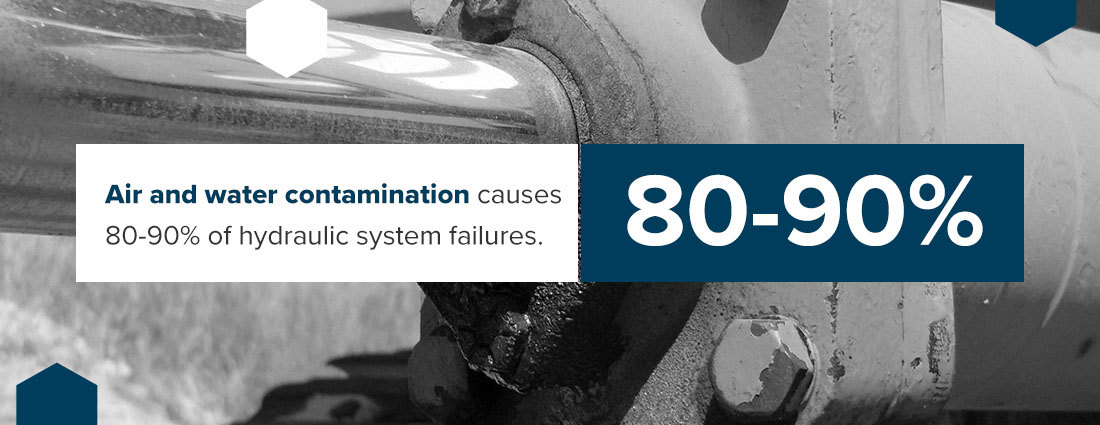
Air and water contamination causes 80-90% of hydraulic system failures. Contamination issues in hydraulic systems can compromise the system's functionality and damage components.
Over time, contaminated fluid can lead to complete system failure. Hydraulic pressure is critical for system operation. Your team must check the operating pressure regularly to ensure it meets the original equipment manufacturer's (OEM) specifications and that the system works safely and efficiently.
Hose and fitting maintenance is also essential. These components ensure significant stress in transportation applications. Some safety precautions you can take to prevent hydraulic system failure include:
- Conduct regular visual inspections: Preventive maintenance is the frontline defense against preventable hydraulic system injuries. Ensure you have a routine inspection and upkeep program for your hydraulic system. It should include regular inspections of the reservoir, motor, pump, valves, fittings and hydraulic lines.
- Select the best hydraulic fluid: If your hydraulic fluid can sustain power over the whole work cycle, your system becomes more productive. Selecting the appropriate hydraulic fluid begins with the OEM recommendations for the transportation equipment. Depending on the operating temperature of the equipment, you may need to consider the fluid's quality and viscosity. Other factors such as flame resistant and corrosion resistant fluid may be necessary as well.
- Invest in a hydraulic load control and locking solution: Even the most comprehensive preventive maintenance program can only go so far. A fail-safe control and load-holding solution like Bear-Loc® offers a unique and reliable positive locking design. It locks immediately when pressure eases. When pressure is applied, the sleeve expands, allowing free movement of the rod. Bear-Loc® holds even during complete power/pressure loss or operator error.
Meeting the Needs of the Transportation Industry
York Precision Machining & Hydraulics LLC manufactures Bear-Loc®, an advanced hydraulic rod-locking device engineered specifically for load-holding applications. Unlike some other locking devices on the market, Bear-Loc® doesn't rely on moving parts to achieve its positive mechanical lock, which enhances its reliability and minimizes wear.
The Bear-Loc® is a true positive mechanical lock. It locks instantly upon the removal of pressure, whether deliberately or accidentally. It also offers the flexibility to establish infinite locking positions and configurations without sacrificing safety or precision. The fail-safe design helps prevent injuries and damage to equipment and property.
Numerous industries rely on Bear-Loc® to achieve accuracy and holding/locking/lifting power in their testing facilities. For example, automakers use crash test walls to replicate accident scenes when evaluating the safety of their vehicles. With a crash test dummy serving as the "driver," the testers propel an automobile into the crash test wall at high speeds. For a major U.S. auto manufacturer, Bear-Loc® systems provide the essential holding power that keeps the wall from budging, even after a high-speed impact.
The infinite positioning flexibility of Bear-Loc® also enables testers to adapt to different testing requirements.
Other areas of the transportation industry can also benefit from Bear-Loc®. One example is the hydraulic systems in automotive lifts that workers use to elevate vehicles when performing maintenance or repair work. Hydraulic pressure loss can occur for various reasons, such as power loss, equipment failure, or operator error.
A lift equipped with a Bear-Loc® can prevent a tragedy from occurring. The locking device engages automatically when a loss of hydraulic pressure happens — regardless of the cause. The positive locking capability also keeps the device from shaking or moving while in the locked position.
Trash collection vehicles depend on hydraulics to operate the tailgate, loading hopper, and other critical components. If the sealed system is breached, contaminants can enter the hydraulic fluid and eventually cause the valves, pumps, and other system parts to malfunction. Installing a Bear-Loc® hydraulic rod lock system for garbage trucks is a crucial safety step that could prevent injuries resulting from hydraulic system failure.
Get Customized Solutions for Your Transportation Industry Company From York Precision Machining & Hydraulics
Regardless of your transportation industry application, York Precision Machining & Hydraulics can develop a custom-made hydraulic rod locking system for your equipment. You'll get a durable product in the ideal size that will last for decades. Most of all, you'll have the peace of mind of knowing that you're doing everything possible to keep your workers safe while optimizing productivity.
Contact York Precision Machining & Hydraulics today for more information about the Bear-Loc® hydraulic locking system for your application needs.
Awards & Certifications

ITAR Registered #M39417

Outstanding Performance

Excellence Presented By Commander

SIBC Member

ACIBC Member

NFPA Member


